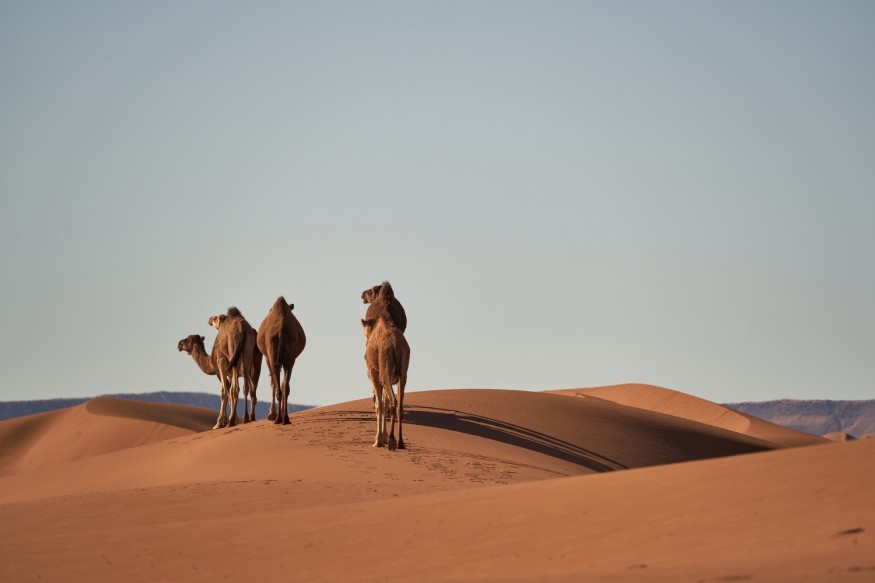
Professional firearms experts may shoot more than 10,000 camels amid the devastating wildfires spreading across Australia to save them from drinking an excessive amount of water in the drought-afflicted country.
The cull started on Wednesday, January 8, following an order from aboriginal leaders in the Anangu Pitjantjatjara Yankunytjatjara (APY) lands following complaints that the animals were entering groups and wreaking havoc to look for a water source to drink.
In a statement issued on Monday, aboriginal officials said the wild animals are threatening locals who continue trying to get enough water during the massive drought in the country.
Extremely large groups of camels and other feral animals, according to the group, are putting tension on the remote Aboriginal communities in the APY Lands.
The group said the animals are "threats to the community, drinks their scarce water, consume food supplies and threatening travelers." They added "camel control is needed" with the current continuing dry circumstances in the country.
Please see Urgent and Important Notice re Feral Animal Kill across the APY Lands Posted by APY Lands - Anangu Pitjantjatjara Yankunytjatjara on Monday, 6 January 2020
Marita Baker, a board member of the APY executive, told The Australian that they had been caught in stinking hot and uncomfortable conditions as the camels pull down fences, getting into homes and looking to get to water through air-conditioners.
The animals are also being culled over issues approximately greenhouse fuel emissions, as they emit methane equal to 1 ton of carbon dioxide in step with year, the paper reported.
A spokesperson for the South Australia Department of Environment and Water told news.com.au the increasing number of camels had precipitated several problems inside the region.
"Important water resources and cultural sites were polluted by lifeless animals in a few cases," the spokesperson said.
The operation to restrain a total of 1.2 million camel populations in Australia expected to take five days. ABC News reported their carcasses might be left to dry off before they're burned or buried.
Camels were brought to Australia from India and Afghanistan during the 19th century and had been used for shipping and construction. If culling did not take place now, the camel populace would double every eight to 10 years. The operation comes amid estimates that more than a billion animals have died inside the wildfires that have been raging throughout Australia.
Chris Dickman, an ecologist at the University of Sydney, told HuffPost initial estimates that almost half a billion animals perished had remained conservative due to the fact they no longer include animals along with bats, frogs, and invertebrates.
Including those, he said it was "with none doubt at all" that the losses handed 1 billion, which he also knew as "a very conservative figure."
Conservationists and wildlife specialists fear the bush fires may have wiped out entire species of animals. Populations of small marsupials referred to as dunnarts, along with side smooth black cockatoos, may also have entirely disappeared after fires burned a third of Kangaroo Island, which has been left a "scorched wasteland."
© 2025 NatureWorldNews.com All rights reserved. Do not reproduce without permission.





